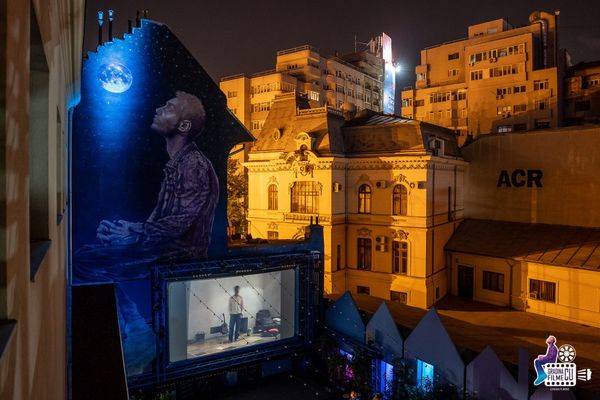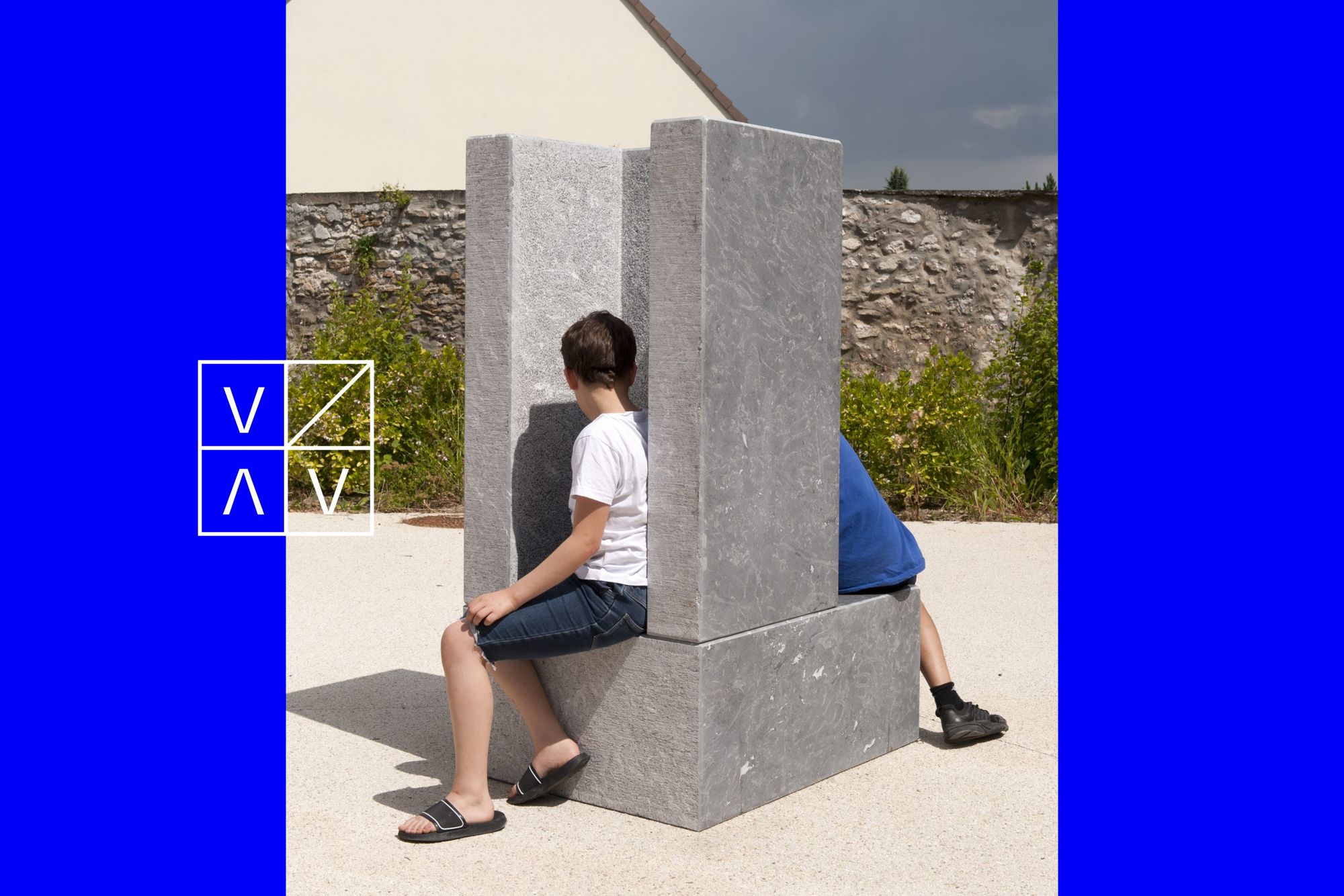Public installations and playgrounds have a significant impact on our experiences and thoughts. Their primary function is to encourage people to interact or play, and they also form an integral part of the urban fabric with their independent aesthetic and power to organize the space surrounding them. But do we dare to use these objects? Do we dare to place our bags on a marble surface or sit on a structure visualizing a face, or do these objects remain untouchable public artworks? In the latest episode of our Urbanum series, we explore the issue of imaginative public installations through three examples, along the axis of function, conceptuality and aesthetics.
Urbanum founder Balázs Csizik investigated the matter with French designer Olivier Vadrot, visual artist István Antal and the team of Paradigma Ariadné architecture studio.
Public space and communication
Olivier Vadrot‘s project Conversations was implemented in the suburbs of Roissy-en-France, located right at the north east corner of Paris, and looks like a public sculpture park at first glance. Built up of geometric structures, Olivier’s public playground prompts children to interact with each other, while also addressing adults with its conceptual structure and unique aesthetic.
“The usability of public artworks is a complex issue. They are, by their very nature, accessible to all: young parents with their children, a group of teenagers, a single pedestrian and even skateboarders interact with them—and all these people will use the space and the installed objects in different ways” Olivier pointed out.
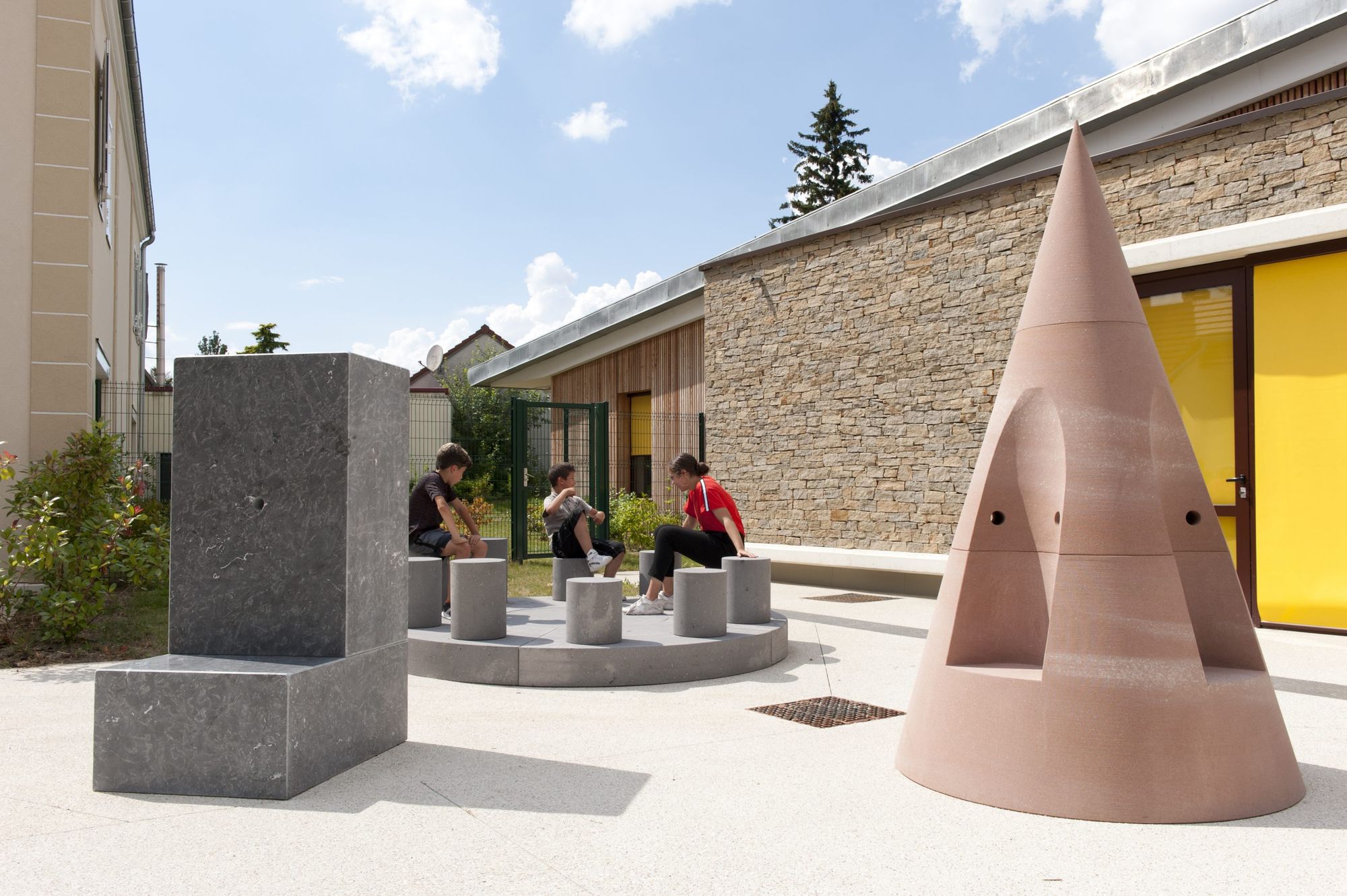
It is, however, an important question of how much we dare to use these public spaces and how we use their certain elements.
According to Olivier, “there is something directly »telluric« about public spaces: one can immediately feel whether the context is welcoming or not when arriving. It’s often a matter of only a few things. Let’s take an Italian space for instance: a natural stone pier, a well in the center or a staircase in the background—the quality of how we perceive the space depends more on the comprehensibility of the space’s vista than the functionality itself. If we consider the space surrounding us to be aesthetic, it will greatly enhance our sense of comfort, the same way a theater set does.”
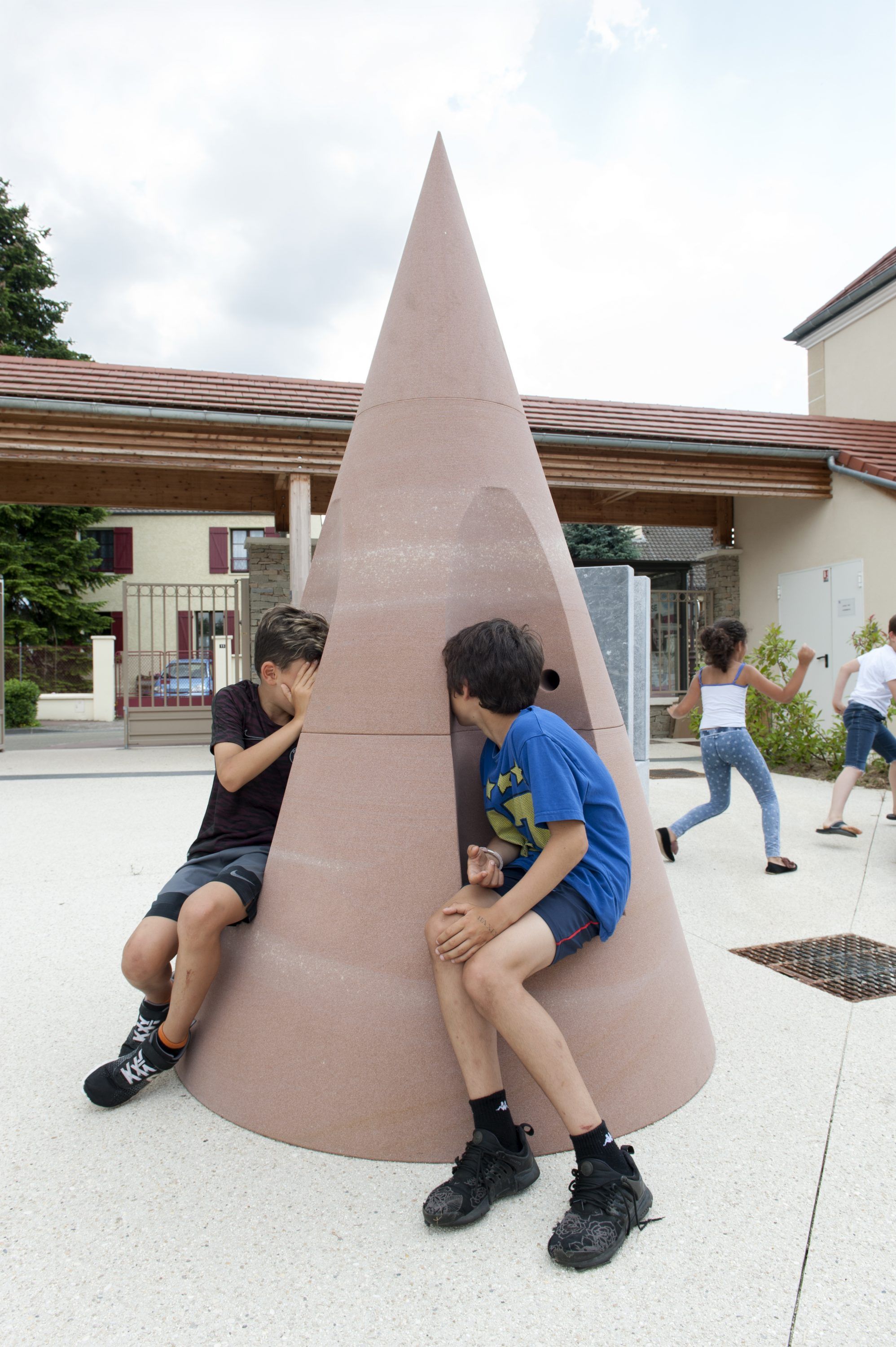
The design of a space also depends greatly on the various groups of users: for example, where there are children, there will be adults, too. The playground installed in Roissy-en-France is located right in front of a school—this is where kids first meet before actually entering the school and this is where they wait for their parents before leaving. As Olivier also pointed it out, “the most important aspect when designing the playground was how the users interact with each other and how they share the space. The basis of the project is communication: chatting with someone we don’t known through a hole, whispering into someone’s ear or talking to our friends while standing in a circle—and all this without the adults really participating.”
Olivier’s constructivist basic forms and the materials used turn the elements of the Conversations playground into artefacts. “I chose archetypal forms that reach back to the first structures built by humans, regardless of civilizations. I took three different types of stones from three different regions: a cone made of a pink sandstone, a throne made of grey marble and a circle of discussions made of lava stone. I tried to simplify these forms enough so that they speak to anyone, regardless of their culture and age. The installation also functions as a theater set: it’s very easy to associate simple stories to it,” Olivier explained.

Balance between object and concept
István Antal’s public installations can be interpreted more directly, once again along with the concept of urban artifacts(coined by Aldo Rossi), while they also encourage observers to use the elements. His “Cold War playgrounds” are constructions that sensitize children to the world surrounding them. Playgrounds enjoyed a great popularity during the Cold War both in capitalist and communist countries—they were viewed as the forerunners of a positive future. Do public spaces, and playgrounds in particular, have a metaurbanistic character, if you like, in addition to mere functionality? Is it necessary and is it beneficial if articles with a utilitarian function also initiate an artistic and social dialogue?
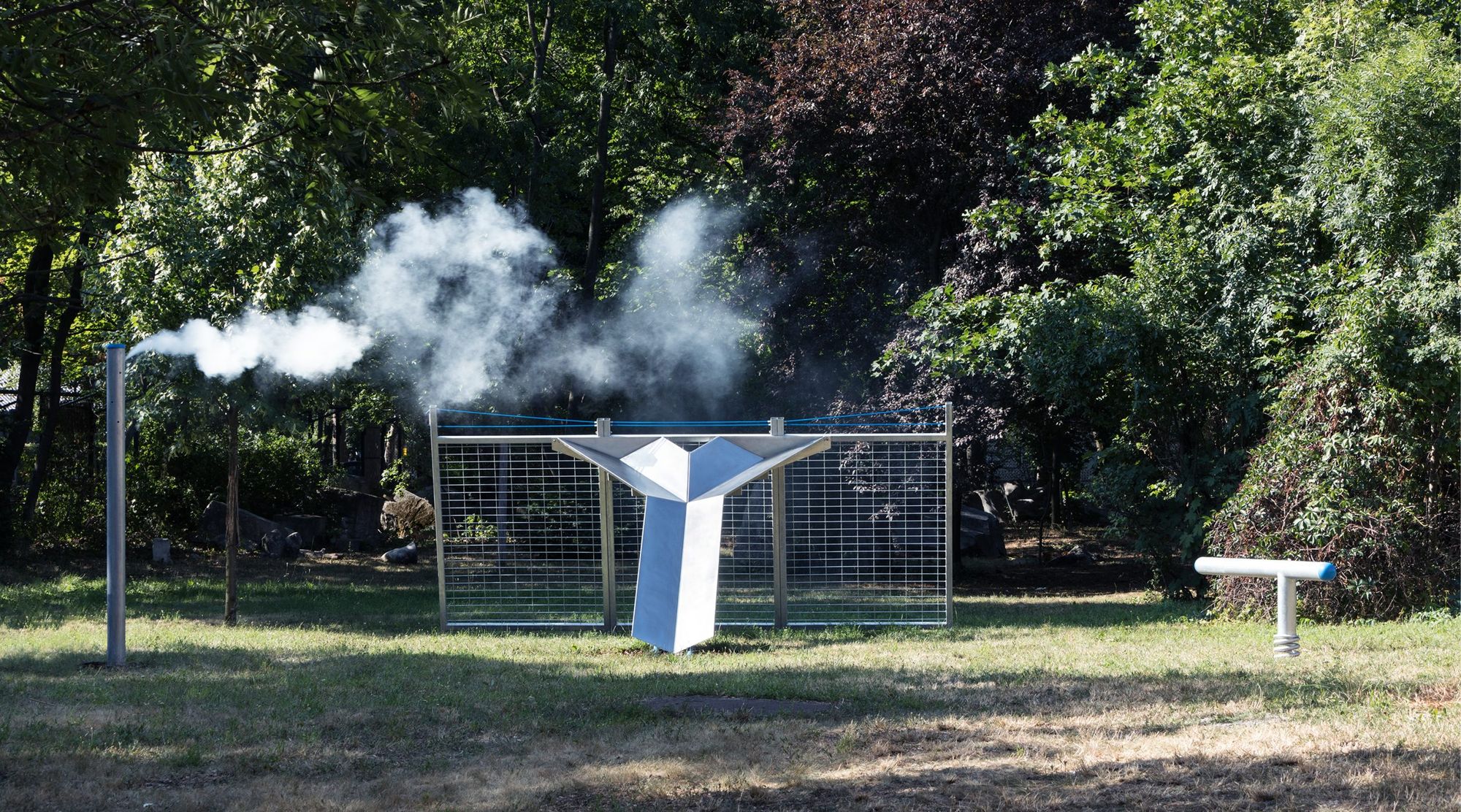
“Perhaps the functions and messages of public spaces and playgrounds in addition to their usability in a physical sense prevail the most through the ethos of Social Design. In these cases, designers push the need of profit-making in the background and attempt to implement a more comprehensive design concept. For the most part, this is manifested by prioritizing the needs of marginalized people and various user groups. In my opinion, in the course of publishing art, ideally the artwork sparks communication between the creator and the recipient with its theme, and, thus, the work of art is contextualized by opening a dialogue. If the task of a functional object is to establish social dialogue in the given topic, then it is indeed necessary for it to operate in line with this function,” István commented.
How does an installation standing on the verge between visual arts and functional design address the various layers of the society?
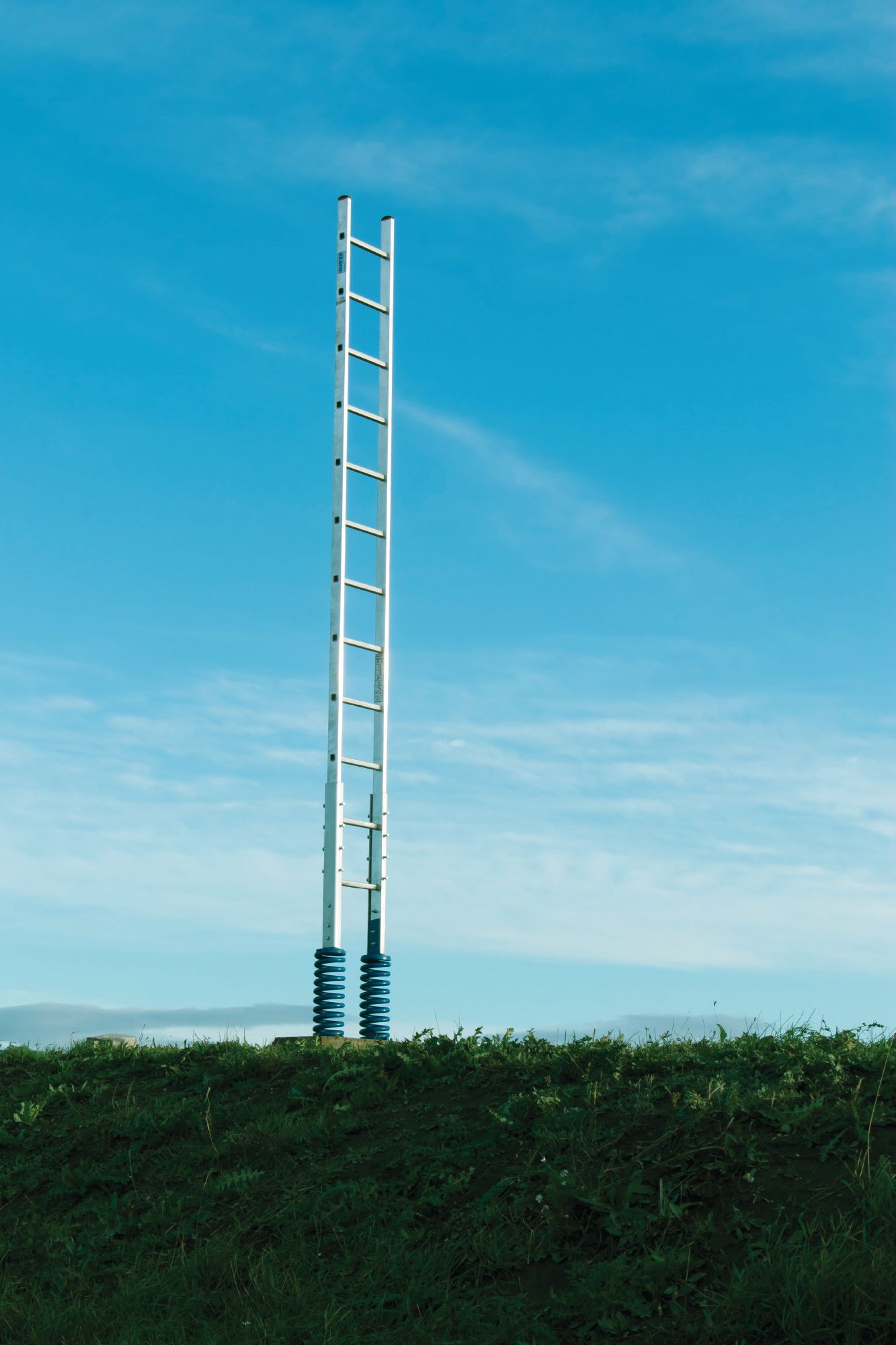
“In the act of self-expression in an artistic sense, the artist starts the communication with the target audience, and if it proves to be relevant in the given social issue, it can also gain meaning for broader age groups. Through the games, we can involve the next generation in the discourse, and thus, into the society. Adults have already gone through this process of initiation but the game doesn’t end for them as the same mechanisms continue to play a role during their entire lives.
As a result, a playground reflecting on issues related to the society can be interpreted by people easily. In the course of the design process, the biggest challenge is to find a balance between implementing the artwork and its concept. Luckily, sooner or later there’s always a solution,” he added.
István’s installations can be imagined and installed at an art fair and an exhibition just as much as in a public space—they initiate a dialogue and activate people practically everywhere, both in a mental and a physical sense.
“In addition to the game experience, my installations also often pose a physical challenge to their users, and thus people tend to approach them with extreme caution, but in the last three years, no accidents have occurred due to the use of the sculptures. An important feature of these constructions is that one has to acquire their experience-like use, and thus those interested automatically concentrate on using the installations in accordance with their intended function,” István pointed out.
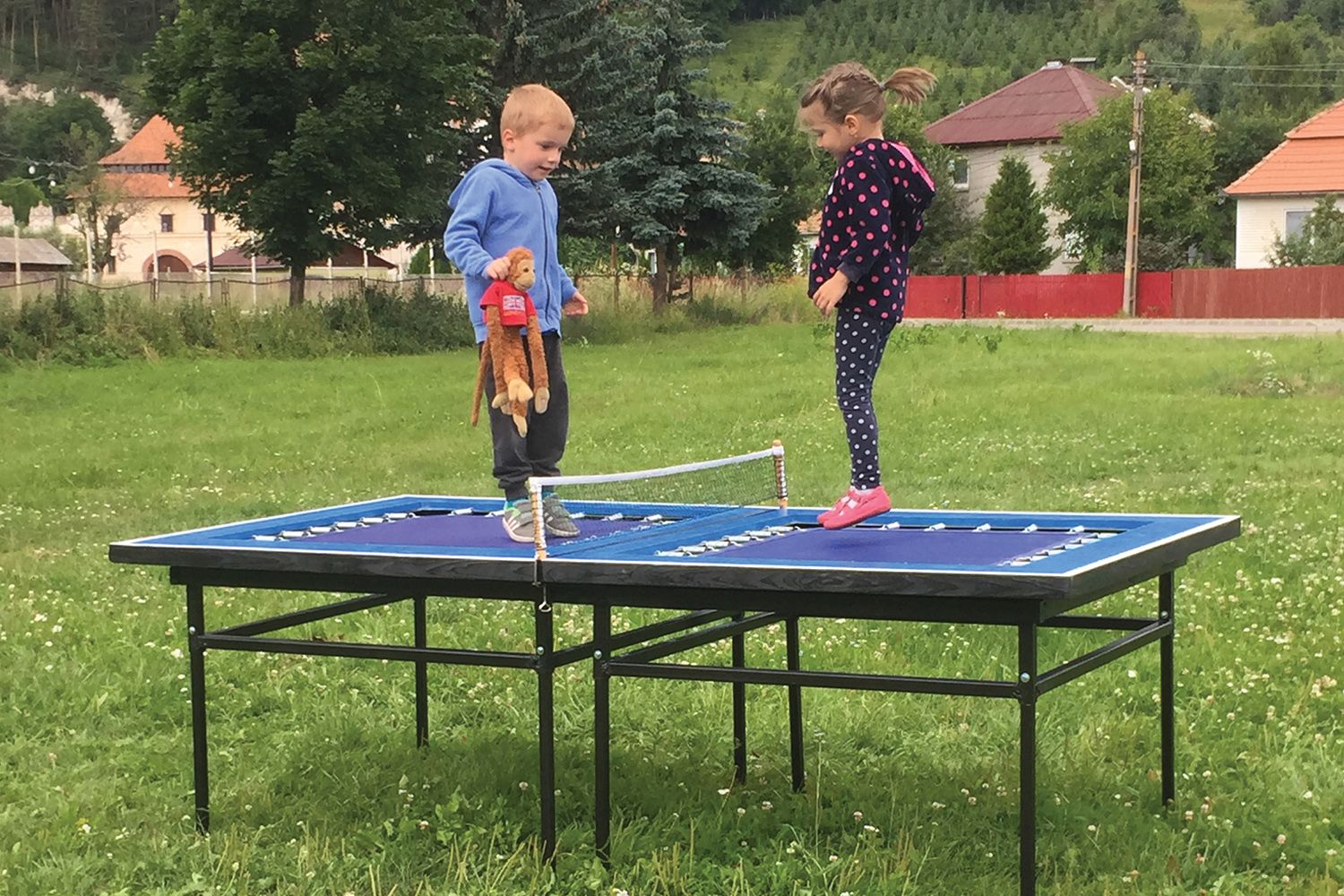
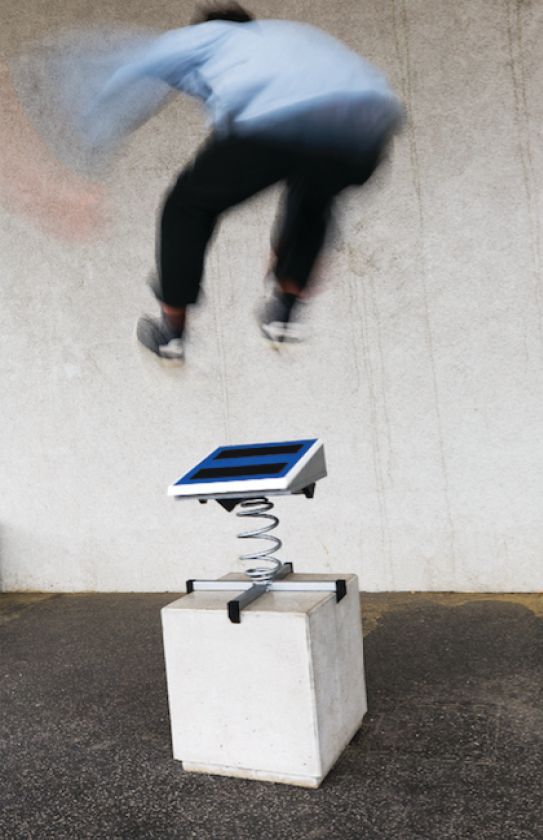
Leaving a mark
We also asked the the curatorial team and co-designers of the public space project entitled Face, Pool, Two Towers and Ruin—Creative Urban Interventions to Haszkovó Housing Estate designed by Paradigma Ariadné for Haszkovó housing estate in Veszprém, Hungary, regarding their project. The five objects were designed by five different international architects and offices for their “Artifact” competition. Originally, the objects were not intended for permanent use, only for a temporary exhibition, but they still exist today and have become part of the urban space.
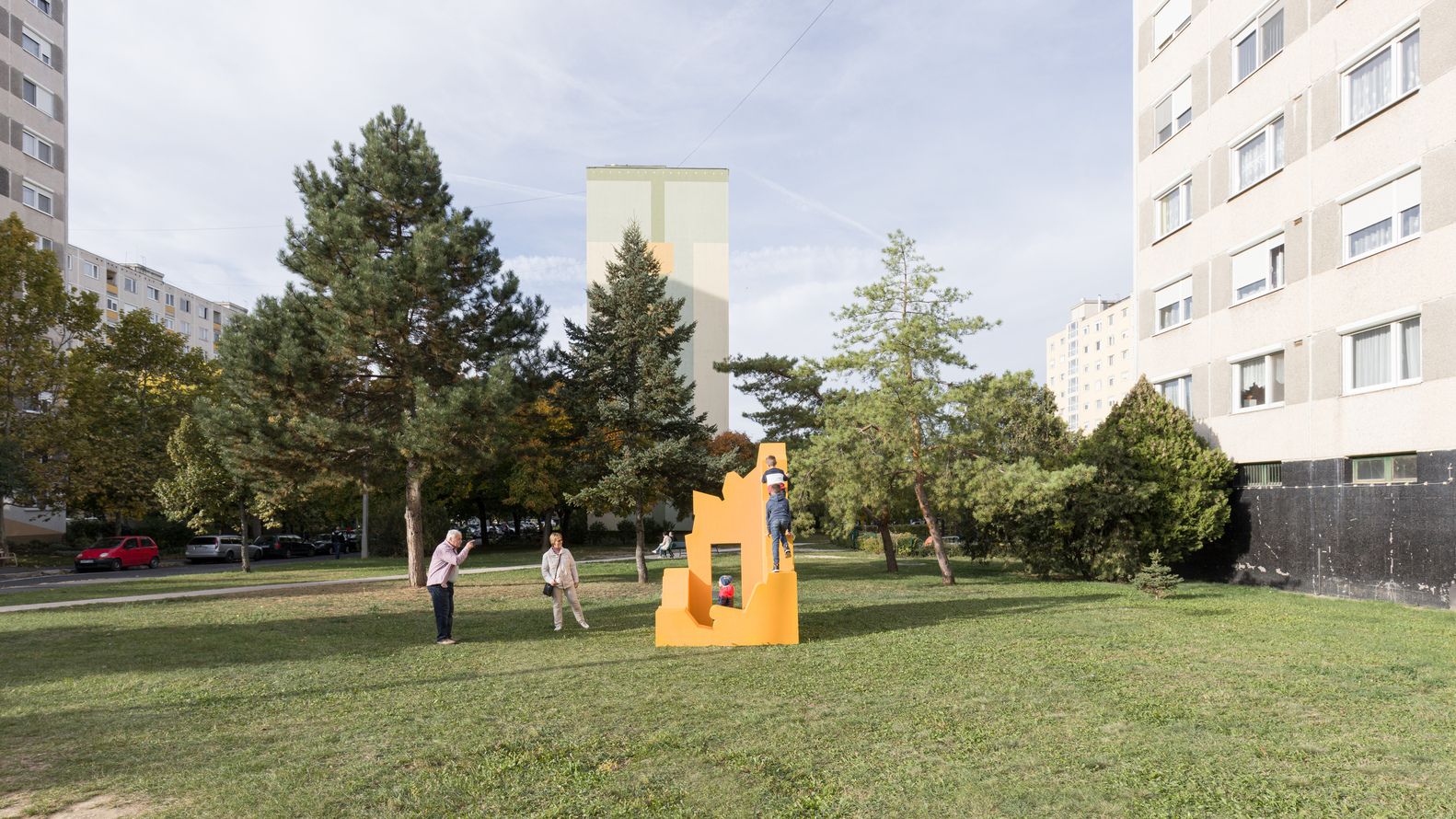
This is how the designers describe their concept:
“One of the most significant references of the exhibition was one of the key concepts of Italian designer Aldo Rossi’s volume L’architettura della cittá: »fatto urbano«, or »urban artifact« in English.
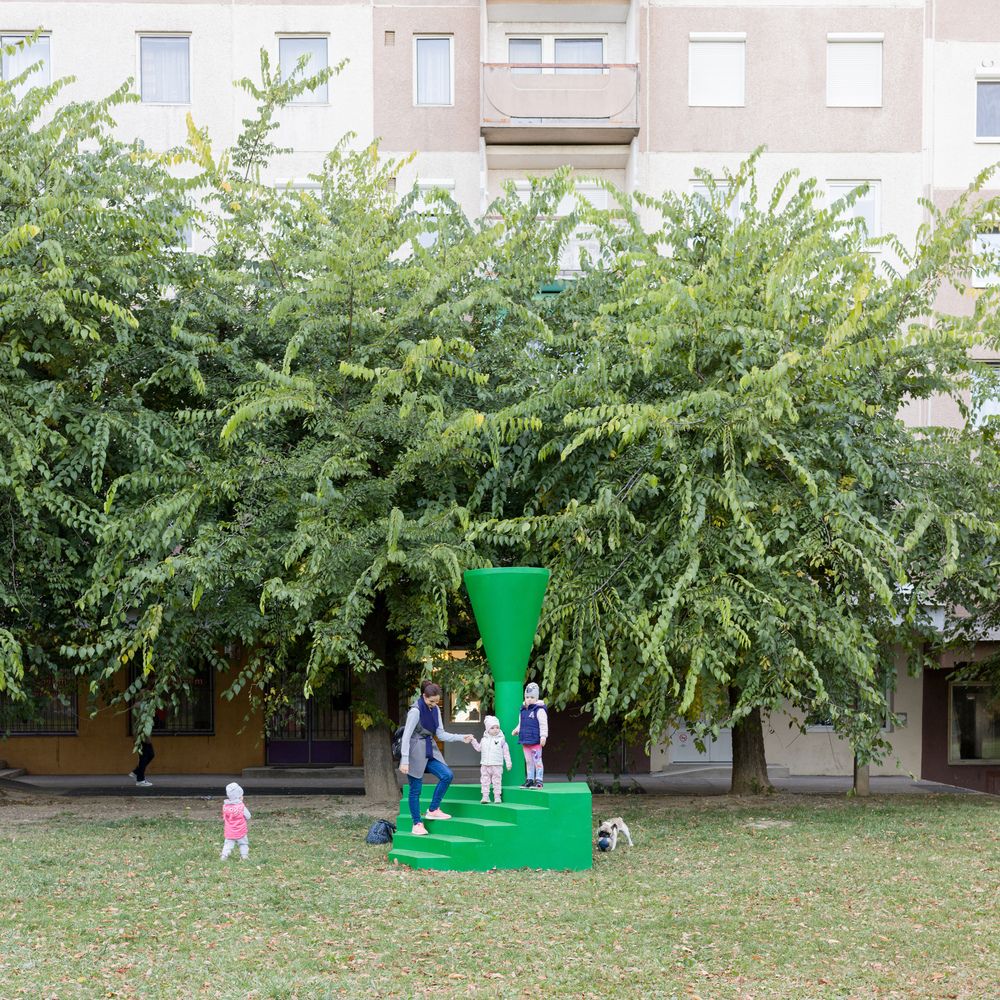
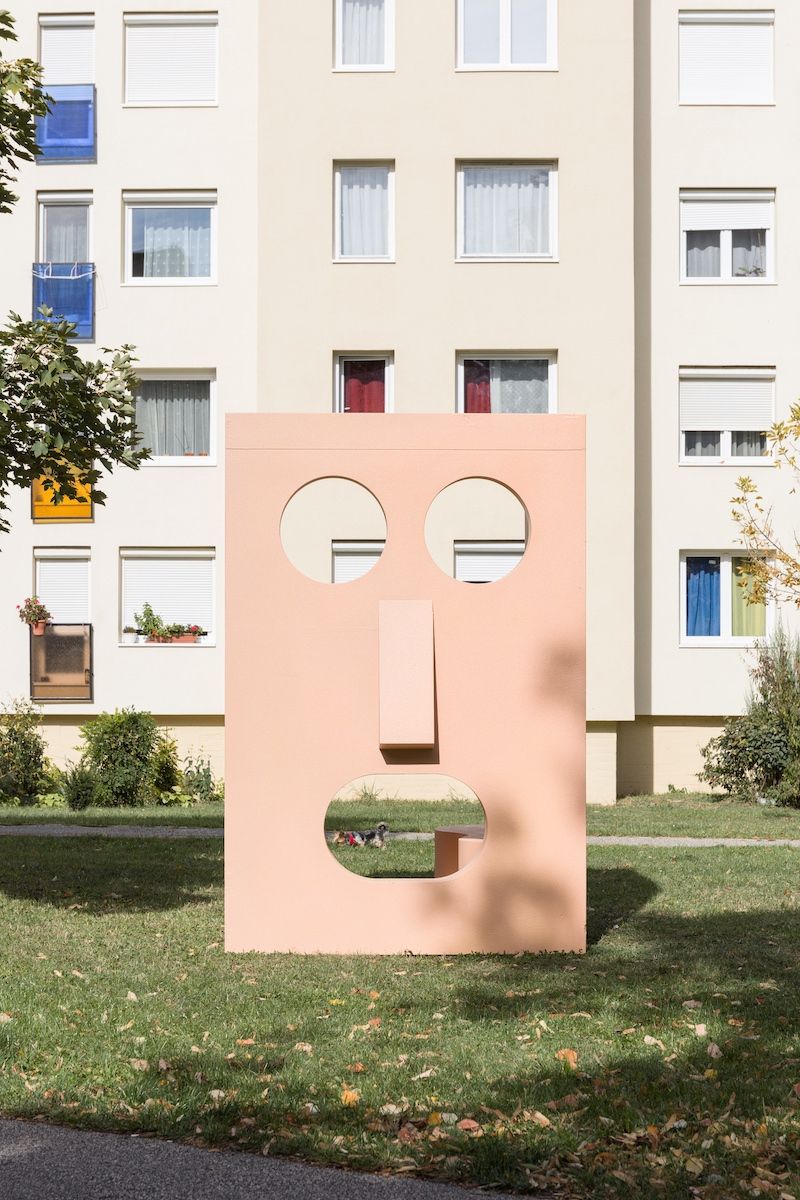
The permanence of the urban artifact stems from its form or morphology, and it can be anything and turn into anything regardless of these, in terms of function (from synagogue to furniture warehouse, from furniture warehouse to library, from library to a fencing room…). The historic city is full of artifacts and references of the kind, however, this urban, temporal and mental layer is missing or can hardly be found in modern housing estates. We attempted to create such new artifacts—in a planned and deliberate manner. Our urban artifacts were designed especially so that such layers can be built on top of them, to allow people to connect with them, to have events hosted next to them, to serve a point of reference in the estate, to be featured in photos, to be cared for and to be vandalized. Thus I think everyone can find something to relate to on them: kids sit on them, climb in and on top of them, teenagers smoke and kiss near them, adults meet at them, take walks around them with their kids, or listen to the guided tour related to the project online.”
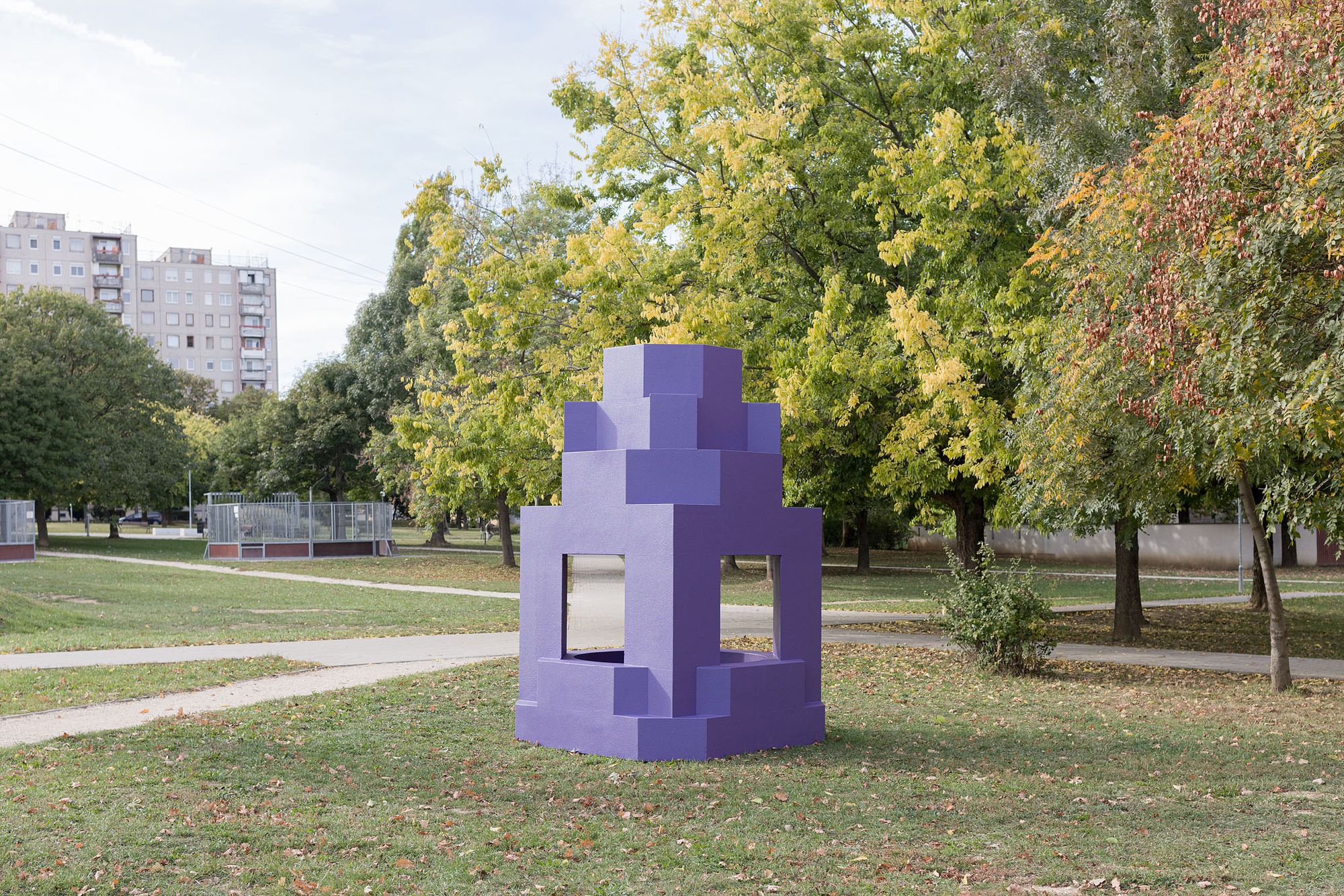
The elements of the exhibition can be regarded as a public installation, as statues levitating right on the border of visual arts and architecture and even as playground games. According to the team of Paradigma Ariadné: “all objects are primarily references of architecture, architectural history or rather architectural theory. It’s interesting to experience that concepts like these can be unfolded and brought to the ground, that they can be communicated in multiple layers and discourse can be initiated about them. It’s also fascinating to experience the perceptions of designers, clients, the community and the manufacturers.” It’s exactly the interdisciplinary discourse that gives the multidimensionality and truly iconic character of the project and makes it a force shaping Haszkovó—from this perspective, the impermanence of the project is of particular interest: the fact that it wasn’t designed to last for eternity, and that it has left a mark and initiated discourse already during its short life.
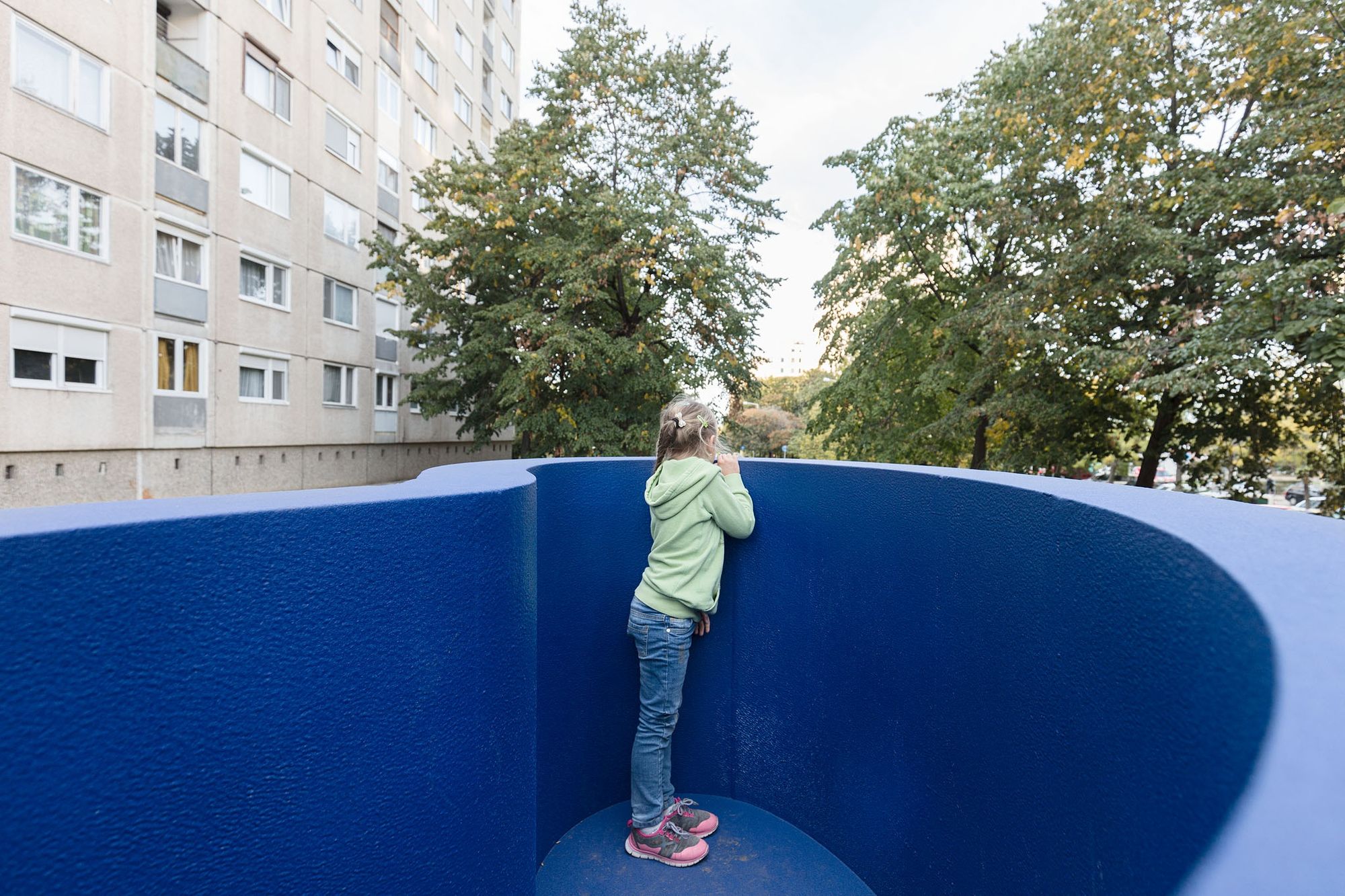
Photos of the Conversations playground: Graziella Antonini
Photos of the Haszkovó project: Balázs Danyi
In our article series, the founders of Urbanum as well as the experts participating in the initiative discuss the topics concerning and influencing the city in the form of interviews, case studies and short opinions.
Urbanum | Web | Facebook | Instagram
Olivier Vadrot | Web | Instagram
István Antal | Web | Instagram
Paradigma Ariadné | Web | Facebook | Instagram

The best zero waste brands in Eastern Europe | TOP 5
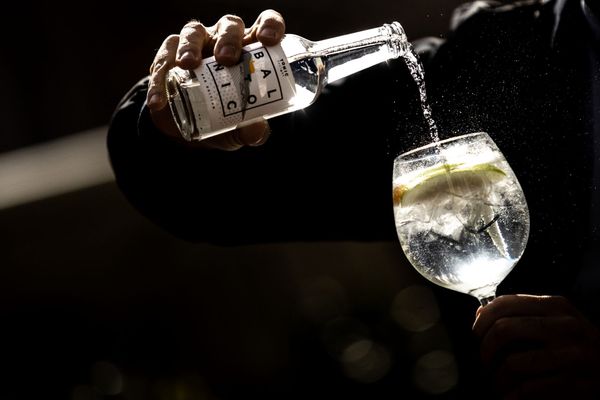
Strictly without frills | Balatonic
